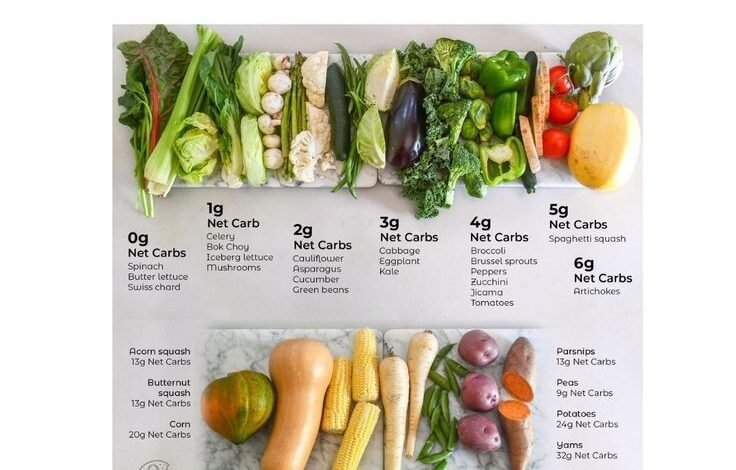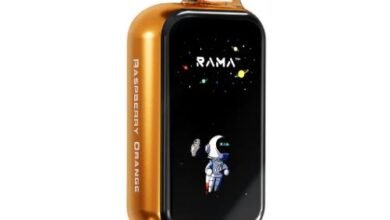Post Gallbladder Surgery Diet Menu PDF: A Complete Guide for Recovery
Post Gallbladder Surgery Diet Menu PDF: A Complete Guide for Recovery

Recovering from gallbladder surgery is a significant step toward better health. However, to ensure a smooth recovery and avoid complications, it’s essential to pay attention to what you eat. Adjusting your diet can aid in healing, improve digestion, and support your overall well-being after surgery.
This guide outlines everything you need to know about a post-gallbladder surgery diet. From what foods to avoid to detailed menu options for the first weeks of recovery, we’ve got you covered—with an option to download a comprehensive PDF diet menu.
Why Your Post-Gallbladder Surgery Diet Matters
The gallbladder plays a crucial role in digestion, storing bile that helps break down fats. After surgery (cholecystectomy), your body adapts to digesting food without the gallbladder’s assistance. This adjustment requires dietary changes to prevent complications like diarrhea, bloating, and indigestion.
A structured post-surgery diet ensures that your body processes nutrients efficiently while minimizing the strain on your digestive system.
Dietary Guidelines After Gallbladder Surgery
Foods to Avoid
Initially, you’ll need to stay away from certain foods to allow your digestive system to recover effectively. These include:
- High-fat foods: Fried foods, chips, and fatty meats.
- Spicy foods: Chili, hot sauces, or overly seasoned dishes.
- Processed foods: Packaged snacks, frozen meals, and fast food.
- Caffeine and alcohol: These can irritate your digestive tract.
- High-fiber foods: Broccoli, beans, and cabbage, which can cause bloating or gas early in recovery.
Foods to Include
Focus on gentle, nutrient-dense foods that promote healing, such as:
- Low-fat proteins: Skinless chicken, turkey, eggs (preferably whites), and fish.
- Cooked vegetables: Carrots, zucchini, and squash, as they’re easier to digest.
- Simple grains: White rice, oatmeal, and toast to soothe your stomach.
- Low-fat dairy: Skim milk or yogurt in moderation.
- Fruits: Bananas, applesauce, and melons.
How a Thoughtful Diet Affects Your Recovery
Adopting appropriate nutrition post-surgery can help you avoid issues like diarrhea, cramps, and nutrient deficiencies. A well-structured diet enables your liver to take over bile production without overworking your system, laying the foundation for long-term digestive health.
Sample Menu for the First Week Post-Surgery
Here’s a detailed example of what you can eat in your first week after surgery. Each meal plan is light, low in fat, and focused on easy digestion.
Day 1-2
Breakfast: Plain oatmeal with a teaspoon of honey.
Snack: Applesauce (unsweetened).
Lunch: Clear chicken broth with a slice of dry toast.
Snack: A small banana.
Dinner: Steamed white fish with cooked carrots.
Day 3-5
Breakfast: Low-fat yogurt with soft, peeled fruit.
Snack: Melon slices.
Lunch: Baked potato with a small amount of low-fat cheese.
Snack: Rice crackers with light peanut butter.
Dinner: Grilled chicken breast with mashed sweet potatoes.
Day 6-7
Breakfast: Scrambled egg whites with a slice of whole-grain toast.
Snack: A handful of plain rice puffs.
Lunch: Turkey sandwich on whole-grain bread with cucumbers.
Snack: A small portion of cottage cheese and pear slices.
Dinner: Grilled salmon with steamed zucchini and white rice.
Gradual Dietary Progression
After the first week, you can gradually reintroduce more diverse foods while monitoring your body’s reaction. Slowly add high-fiber foods, healthy fats like avocado, and small amounts of caffeine if tolerated. Stick to smaller, frequent meals to aid digestion and prevent discomfort.
Tips for Meal Planning and Preparation
- Plan ahead: Prepare meals in advance and portion them into small servings. This ensures you won’t turn to unhealthy options when hunger strikes.
- Keep it simple: Opt for recipes with fewer ingredients, emphasizing cooked rather than raw foods.
- Monitor your tolerance: Track the foods you eat and how your body reacts—this will help identify any potential triggers.
- Stay hydrated: Drink plenty of water to support digestion and avoid dehydration.
Long-Term Diet Adjustments for Optimal Health
Even after recovery, it’s wise to maintain a diet that supports healthy digestion and prevents issues like gallstones or fatty liver disease.
- Choose healthy fats: Incorporate small amounts of olive oil or nuts into your meals.
- Stay active: Regular exercise keeps your digestive system functioning smoothly.
- Eat mindfully: Avoid overeating; stick to balanced meals that include lean proteins, whole grains, and plenty of vegetables.
Consulting with a registered dietitian can help tailor a diet to your unique needs and lifestyle post-surgery.
Download Your Post-Gallbladder Surgery Diet Menu PDF
For your convenience, we’ve created a downloadable PDF version of this diet plan that you can refer to throughout your recovery. It’s packed with practical tips, menu ideas, and a checklist of foods to avoid and enjoy.
[Click here to download your free PDF guide now!]
Recovery Begins With the Right Choices
Adjusting to life after gallbladder surgery might feel intimidating at first, but the right diet can make all the difference. By following these guidelines and progressing gradually, you’ll enjoy a smoother recovery and lay the groundwork for long-term digestive health.
Remember, every individual is different. Always consult your healthcare provider or a dietitian if you experience prolonged discomfort or have additional dietary concerns.
Take control of your recovery today—and don’t forget to grab your PDF guide for easy access to your customized post-surgery diet menu!



